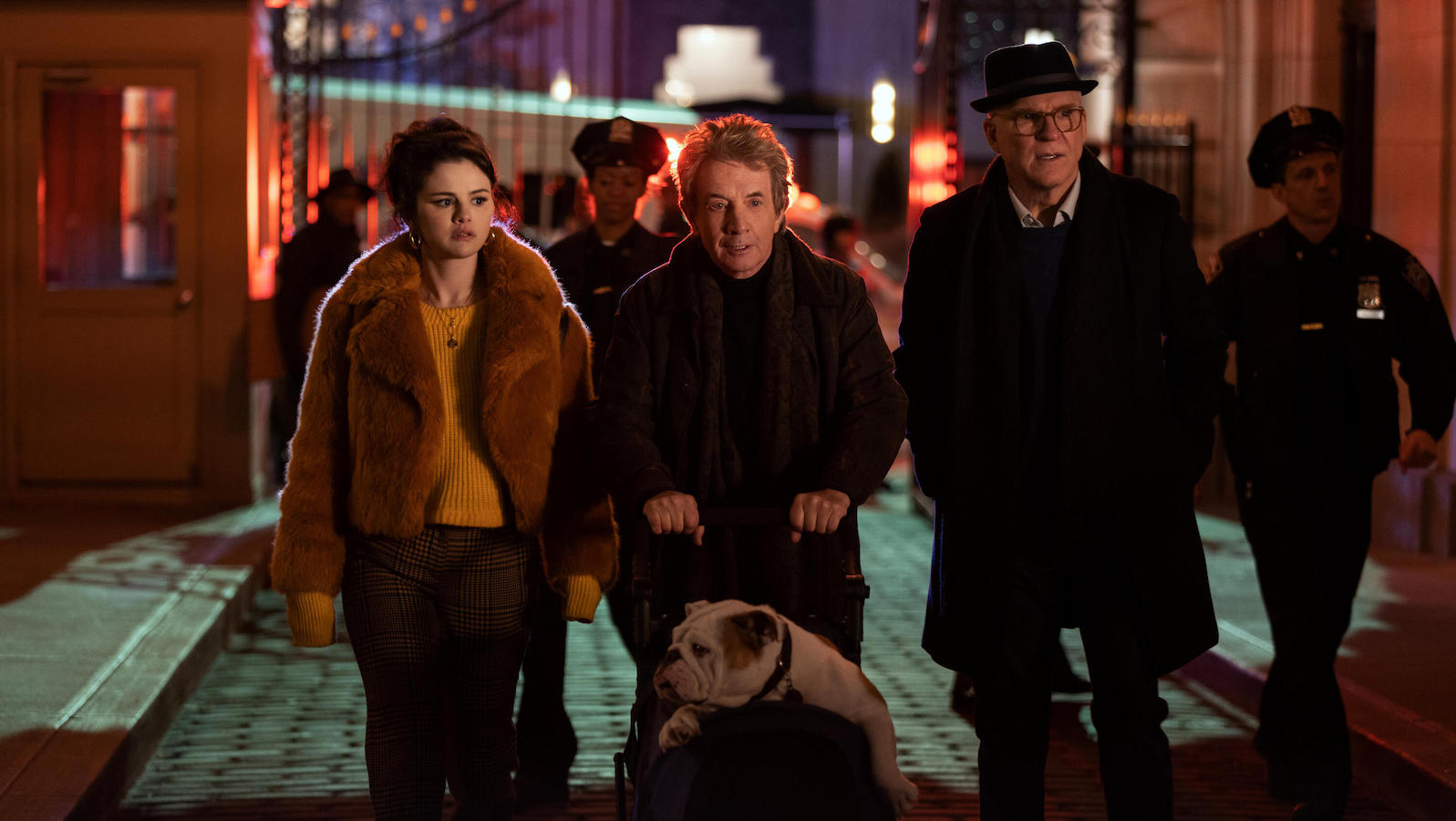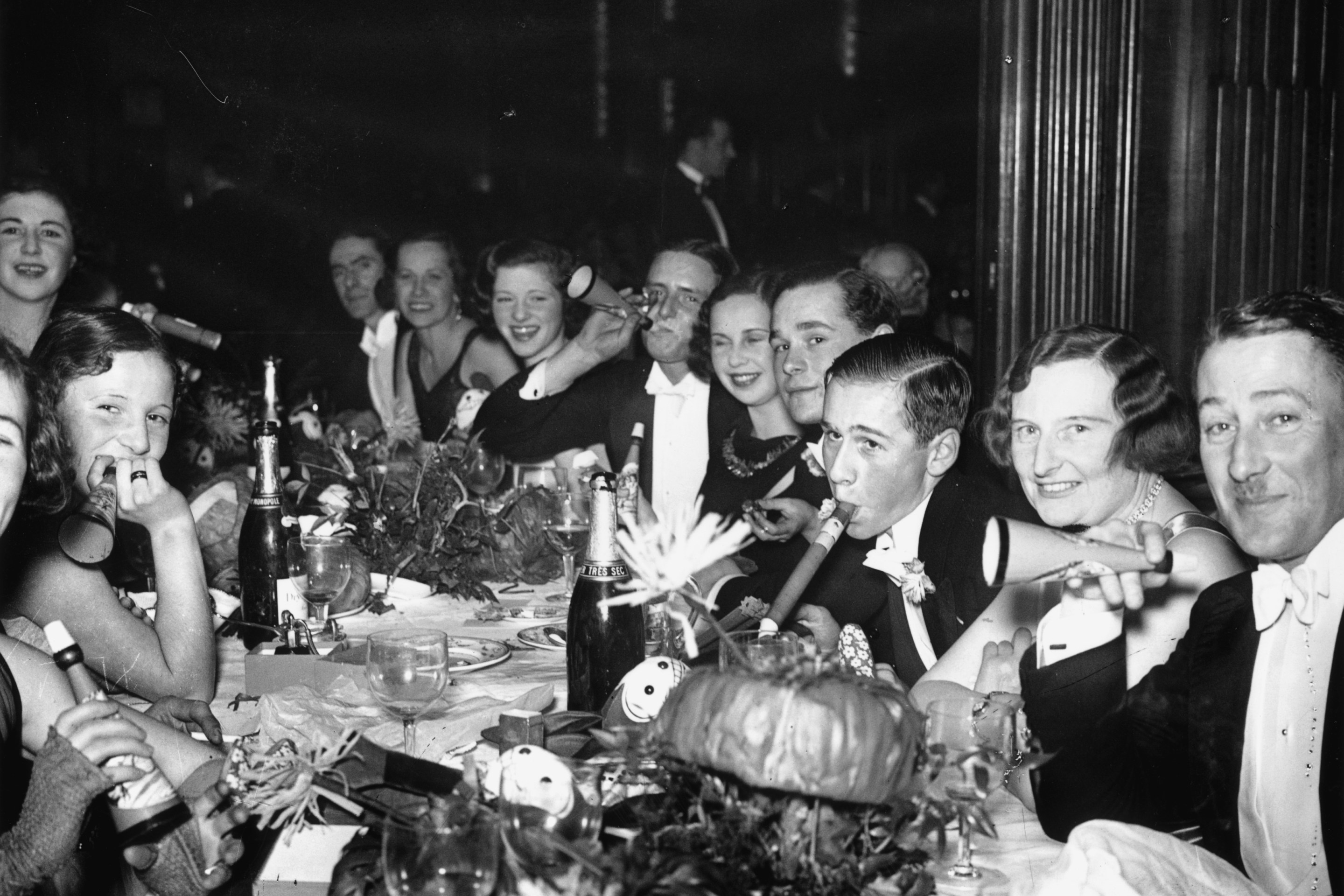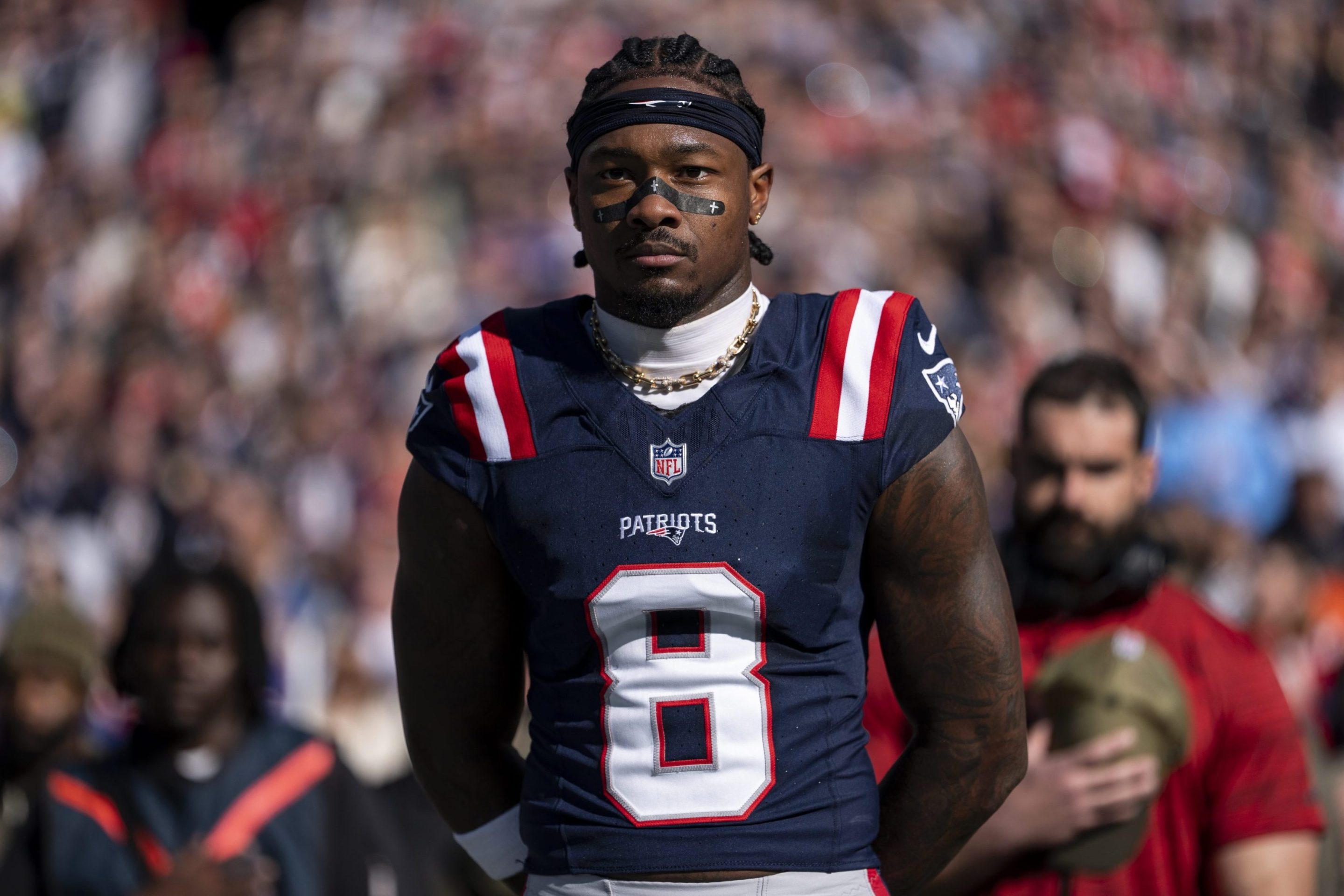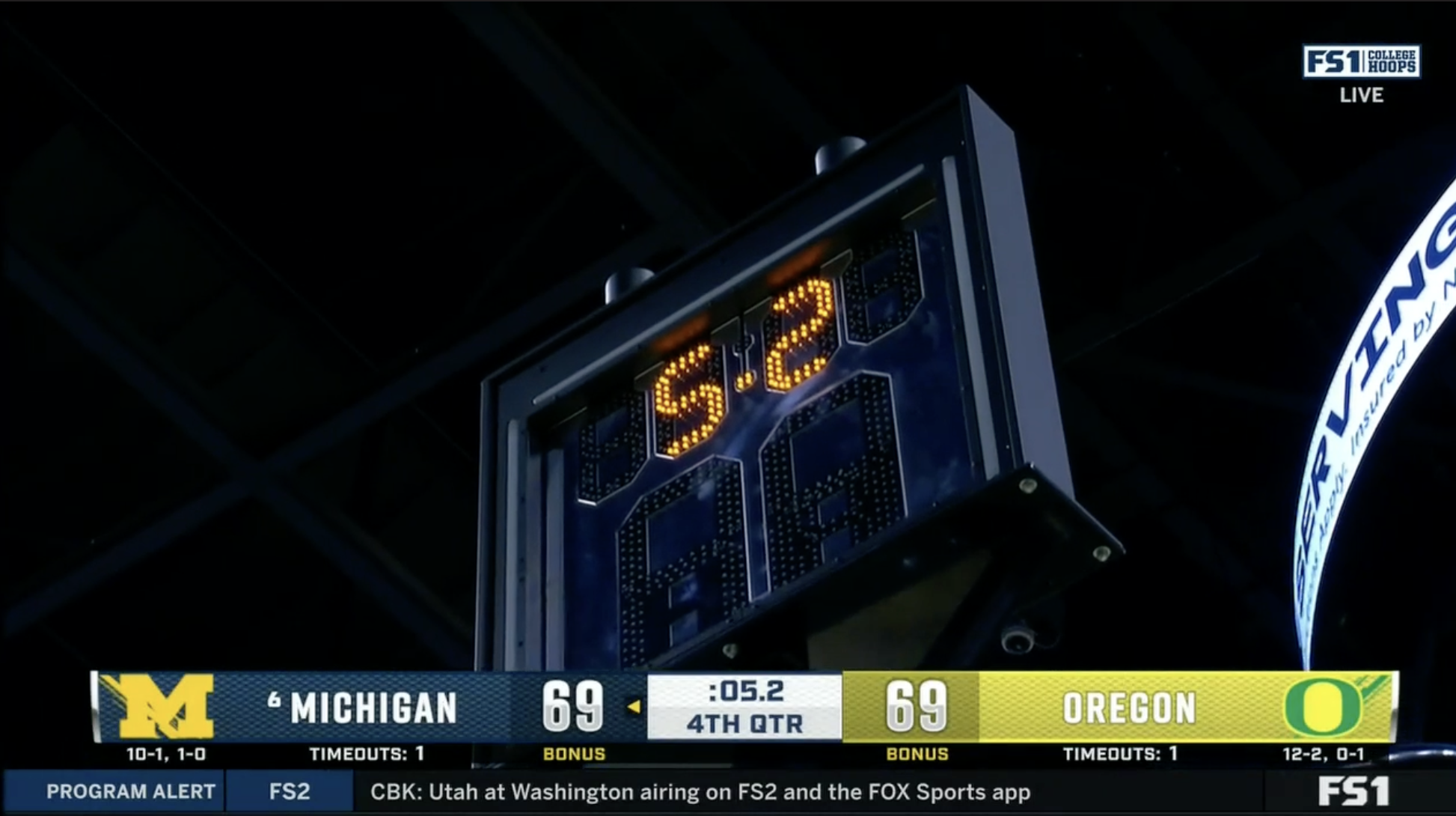I remember several years ago when I was researching my book on My So-Called Life (it’s called In My Humble Opinion—buy it here!), one quote really stuck out to me. It came from the show’s costume designer, Patrick R. Norris, talking about how everyone on television in the mid-’90s looked overly “dressed.” It seemed to be a thing that came along with teen soaps like Beverly Hills, 90210, where brands realized they could put their clothes in the shows rather than just around them. Characters became ersatz models, their attire changing constantly, saying less about them and more about the market. Norris mentioned it because he consciously made sure clothing looked worn on MSCL—Angela Chase’s overalls, Rayanne Graff’s flannel robe, Jordan Catalano’s sherpa jacket—going so far as to have lockers for each actor to dip into for each scene. In other words, he kept the wardrobes finite. Of Angela in particular, Norris said, “She was so deep internally that I never wanted her clothes to really outshine who she was.” What she wore therefore became part of her, and the story.
That dichotomy—the “dressed” versus the “worn” show—plays out in two current series. And Just Like That..., the Sex and the City follow-up, a show which was always fairly “dressed” but seems to have recently gone fully over the top, having dropped Samantha Jones (Kim Cattrall) and gained three other main characters I can never keep straight on top of its regulars, Carrie Bradshaw (Sarah Jessica Parker), Charlotte York (Kristin Davis) and Miranda Hobbes (Cynthia Nixon). Though it just ended its second season, it briefly overlapped with Only Murders in the Building, the beloved little jewel-box murder mystery unraveling around three podcasters—artist Mabel Mora (Selena Gomez), theater director Oliver Putnam (Martin Short) and retired actor Charles-Haden Savage (Steve Martin)—which is now almost halfway through its third season. For many reasons the latter series is better than the former, one of them being that its costumes are embedded into the story, not floating atop it like tulle.
“We spent a lot of time thinking about how each person uses their clothing as a tool, sort of within the mystery itself,” Only Murders’ costume designer, Dana Covarrubias, told In Style when the Hulu show first aired in 2021. “Selena’s character uses her clothing as a type of armor, and she sort of protects herself from other people with her clothing. Charles would use his clothing for comfort or self-soothing. And then Oliver uses his clothing as a type of performance.” Mabel, an artist and a knitter, has a penchant for bulky sweaters and never seems to don the same coat twice (the thinking being that she lives in her rich aunt’s place and therefore has access to her couture). Her color is marigold because she is part Mexican, and the shade represents art and resurrection. Oliver, meanwhile, wears a ton of scarves, evoking the curtains of the stage in similarly lush rich reds and purples, in styles leftover from his heyday in the ‘90s at the top of the theater chain. Charles’s fedora’d look harkens back to the small-screen detective that made him famous, Brazzos, along with dark blues to reflect his mood. As the characters become more intertwined across the seasons, so do their wardrobes’ colors and textures.
Covarrubias, who often relies on the sustainable luxury consignment site TheRealReal, designs each season according to a theme. For Season 1, it was The Hardy Boys (the nickname Mabel gave her crime-solving friend group growing up, one of whom ends up dead, spurring on the podcast). For Season 2 it was Alfred Hitchcock because everyone, even the podcasters, were suspects (this duality is introduced in black and whites, a nod to Hitchcock’s use of a monochromatic palette, not to mention specific throws to, for instance, Kim Novak’s white coat in Vertigo). For Season 3, the theme is Broadway as the plot unravels around a death on stage (and then off). The clothing this season has gotten a little more outré—see Mabel’s plunging evening gown—as the characters have come into their own.
The costumes on Only Murders have been so popular from the start—kicked off by Mabel’s show-stopping cropped marigold Michael Kors jacket, paired with pops of yellow, red and plaid—that the writers have even injected some sartorial meta-commentary into the show. In the fourth episode of the third season, while attempting to gain access to an off-limits theater, Mabel tells Howard (the great Michael Cyril Creighton, playing Oliver’s assistant and a fellow sweater lover) that she left one of her sweaters in there. “Let me guess,” he seethes. “A fluffy number, vaguely shapeless, splashes of yellow and orange that have no business working but SOMEHOW they work—MY GOD do they work! JESUS H. CHRIST, I love your sweaters!!!”
Compared to this level of attention, And Just Like That... plays as a big old mess—a luxurious extremely wealthy mess, but a mess, nonetheless. There are just too many clothes horses to differentiate anymore. In Sex and the City, regardless of its ups and downs, the four main characters were clearly delineated—Carrie was the kook, Samantha the timeless sex goddess, Miranda the uptight professional, Charlotte the wannabe housewife—which gave their garb something to hang onto. Now with Samantha replaced by no less than three other women—documentarian Lisa Todd Wexley (Nicole Ari Parker), Professor Nya Wallace (Karen Pittman), and realtor Seema Patel (Sarita Choudhury)—all with the same taste for high-end labels, and the original three no longer as distinct as before, the lavish garments cluttering this crowd have become a veritable miasma of indistinguishable runway-ready looks.
Original SATC costumer Patricia Field, who owned her own Greenwich boutique in the ’80s and ’90s, opted to dress Emily in Paris over AJLT, and along with her went a downtown cool that gave the franchise its edge even when its characters had none. Field has been replaced by two designers, Miami-based Molly Rogers and Danny Santiago, who, despite working with Field, do not have the same gritty punk sensibility. The duo toggles between doing what they themselves find gorgeous—like that pigeon purse, which Rogers saw on a friend of Parker’s, and retails for $890 despite looking like a Dollar Tree garden ornament—and serving the fans. As Santiago told Variety, “We just want to have fun, we want to make beautiful fashion, we want to make beautiful moments on the camera, and really give something to people who have been watching the show for such a long time.” That involves various throwbacks (like Carrie’s wedding dress repurposed for the Met Gala), but good luck finding most of them beneath the layers and layers of color and crinoline and glitter and accessories. According to Harper’s Bazaar, just one AJLT fitting requires 10 racks of clothes, 40 shoes, and 40 handbags. “I found someone in my department to track how much clothing we were borrowing in dollar amounts, and the last total I saw was $3 million,” Rogers told the magazine.
Compare that to the original HBO series, which first aired in 1998 and ran until 2004, where the Fields—Patricia and partner Rebecca—had 50 to 60 outfits PER EPISODE. It’s not nothing but it isn’t as overwhelming. The designers also seemed to have a better handle on the characters at the time. “Sarah Jessica would be the eclectic mixed bag, the individual, the hard-to-pin-down,” Rebecca told The National Post in 2000. “Samantha is definitely a throwback to glama ‘80s. Think Dynasty ... We think that Charlotte is the sort of person who would look at Corkie Pollen’s best bets [in New York] and look at Vogue and see what the girls are wearing and call and order the Kate Spade bag before it reaches the shelves.” Miranda, of course, has always been the tricky one—she is in constant metamorphosis, along with her outfits. But SATC’s fantasy element was clear from the jump, with the Fields comparing the show to a fashion magazine and Patricia admitting in a WWD interview that even all those years ago, no freelance writer could afford to dress like Carrie.
As fashion writer Rachel Tashjian noted in The Washington Post, SATC started to lose its way as it gained cachet. “When the show got bigger and Field started to incorporate pieces such as an alleged $80,000 Versace couture gown, it seemed to prioritize show stopping clothes at the expense of realism,” she wrote. “The balance between luxury and bargain-bin style that made the earlier seasons so winning disappeared.” But it wasn’t just that, SATC was from the beginning a thin story with thin characters, and even a show with more robust storytelling would have trouble keeping up the momentum for six seasons (and several movies). Any attempt at growth made the whole thing crumble—the couture just piled up on top of the rubble. Juxtapose that with a tight and clear-headed genre show with three characters with explicit goals—if not so explicit trajectories—and you have something easier to pop a wardrobe on. In the end, the clothes are a pleasant surprise because they blend in so seamlessly. As Field herself has said, costume design “isn’t about selling clothes, it’s about telling a story.”







